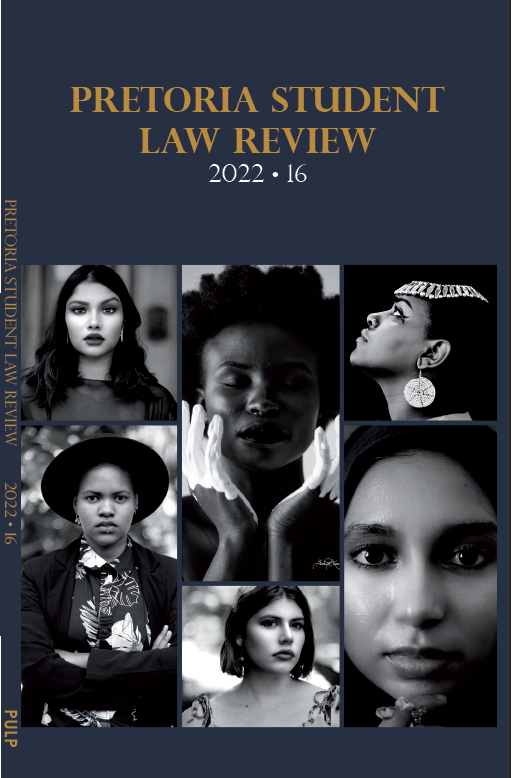THE TAXATION OF IMAGE RIGHTS IN SOUTH AFRICA: VALIDITY OF TAX MINIMISATION SCHEMES
DOI:
https://doi.org/10.29053/pslr.v16i1.4509Abstract
Sport undeniably plays a major role in society today. Over the years, it
has developed into n free-standing industry and its players have become
increasingly valuable and earn income both on and off the field. This
article addresses the income generated by sport stars off the field of
play through the exploitation of their ‘image rights’. The use of
someone’s image rights can be explained as the practice of
appropriating someone’s personality. In modern society, people have
become transfixed by sport stars. This has led to the image rights of
individual sport stars such as Lionel Messi and Cristiano Ronaldo to
become commodities exploited by their clubs and other third parties to
enhance brand images and promote the sale of products.1 This use of
the image rights of celebrities generates a whole new source of income
for these sport stars. Due to the relatively high amounts of income
received for the use of a sport star’s image, these stars may be tempted
to enter into creative schemes in an attempt to reduce high taxes levied
against these streams of income. The practice of the commercial
exploitation of a sport star’s image rights is a relatively new development in South Africa and is not yet recognised to the same extent as in other jurisdictions, such as the UK and Spain. This article examines the existing South African sport, intellectual property, and
tax laws governing image rights and specifically analyses whether South
Africa is sufficiently equipped, under tax legislation, to address these
minimisation schemes aimed at reducing the tax liability arising from a
South African sport star’s image rights.





